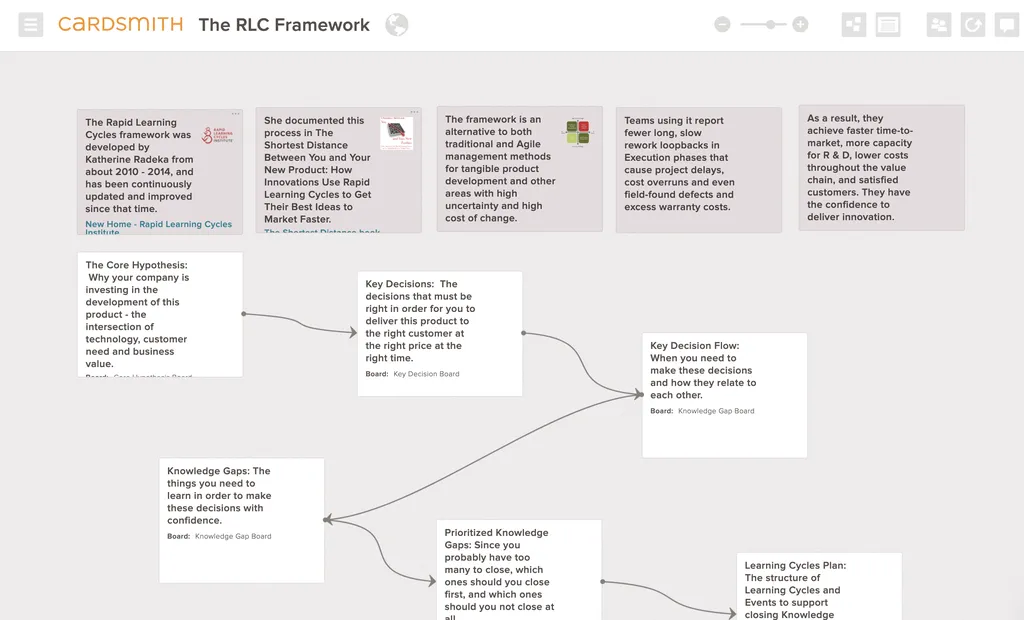In the ever-evolving landscape of semiconductor technology, a groundbreaking study has emerged that promises to revolutionize the way we approach application mapping in Network-on-Chip (NoC) architectures. Published in the esteemed IEEE Access journal, the research titled “Reinforcement Guided Genetic Algorithm for Application Mapping in Network-on-Chip Architectures: Toward Transparent and Efficient MPSoC Scheduling” introduces a novel hybrid framework that integrates Genetic Algorithm (GA) with Reinforcement Learning (RL) to optimize task allocation in 2D NoC-based Multiprocessor System-on-Chip (MPSoC) architectures.
At the helm of this innovative research is Ahmed Abbas Jasim Al-Hchaimi, a distinguished researcher from the Department of Cybersecurity Techniques Engineering at Thi-Qar Technical College, Southern Technical University in Basra, Iraq. Al-Hchaimi and his team have developed a methodology that dynamically steers selection, crossover, and mutation operations using real-time feedback on mapping quality. This approach not only reduces overall communication costs but also significantly improves runtime efficiency during the task-to-core mapping process.
The implications of this research are far-reaching, particularly in the energy sector where efficient and adaptive application mapping is critical. “Our GA+RL approach consistently outperforms the baseline GA, achieving over 52% improvement in communication cost reduction in some benchmarks,” Al-Hchaimi explains. This level of efficiency is a game-changer for industrial platforms such as Kalray MPPA-256, Intel SCC, Adapteva Epiphany, and Tilera TILE-Gx, which are integral to autonomous vehicles, cloud/HPC, IoT edges, and cybersecurity applications.
The study’s experimental results are nothing short of impressive. For instance, in the TGFF-G5 benchmark (80 cores), the GA+RL approach achieved a minimum communication cost of 116.354, compared to 244.645 with the original GA. This represents a staggering improvement that underscores the potential of this hybrid framework. Moreover, the GA+RL model demonstrated lower standard deviations and earlier convergence generations across all trials, highlighting its robustness and reliability.
One of the most compelling aspects of this research is its commitment to transparency and interpretability. By incorporating Explainable AI (XAI) techniques using SHapley Additive exPlanations (SHAP), the team was able to analyze feature contributions and identify key factors influencing mapping efficiency. “We found that average communication hops and total bandwidth are crucial in determining mapping efficiency,” Al-Hchaimi reveals. This level of insight is invaluable for design-time decisions and paves the way for more informed and effective strategies in the field.
The broader implications of this research extend beyond the energy sector. Aligned with the United Nations Sustainable Development Goal 2 (Zero Hunger), the framework supports real-time scheduling in agriculture IoT systems. This enables energy-efficient deployment of smart technologies to enhance food production and sustainability, addressing critical global challenges.
As we look to the future, the GA+RL framework developed by Al-Hchaimi and his team holds immense promise for shaping the next generation of semiconductor technologies. Its ability to optimize task allocation and improve runtime efficiency has the potential to transform industries and drive innovation. With its publication in the prestigious IEEE Access journal, this research is poised to make a lasting impact on the field of Network-on-Chip architectures and beyond.
In a world where efficiency and adaptability are paramount, the GA+RL framework stands as a beacon of progress, guiding us toward a future where technology and sustainability go hand in hand. As Al-Hchaimi aptly puts it, “This work is not just about improving communication costs; it’s about creating a more transparent, efficient, and sustainable technological landscape.”

